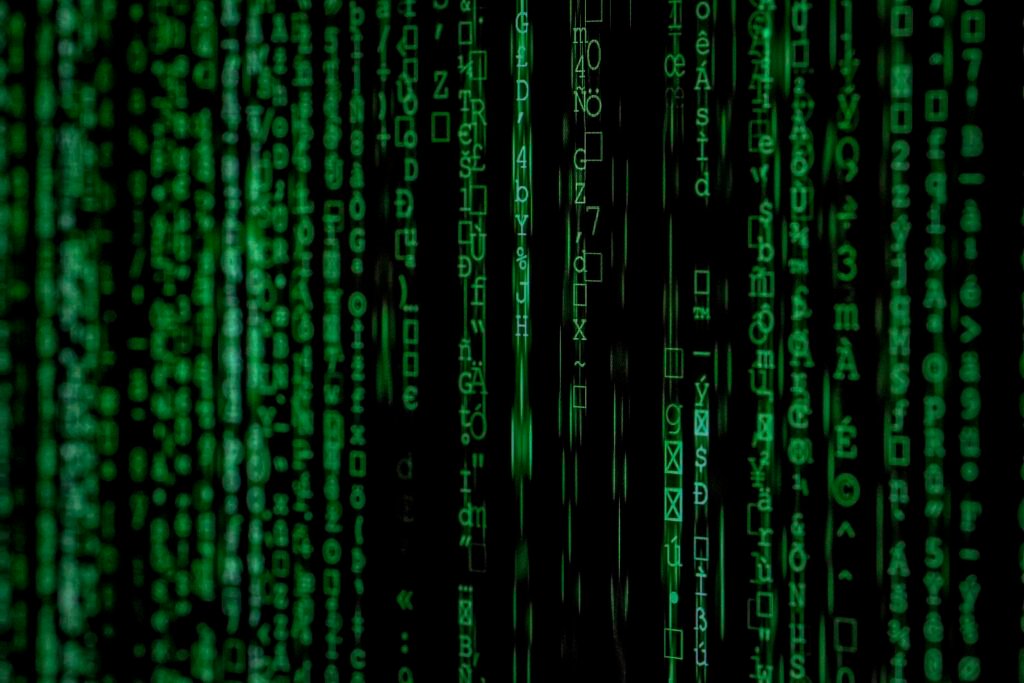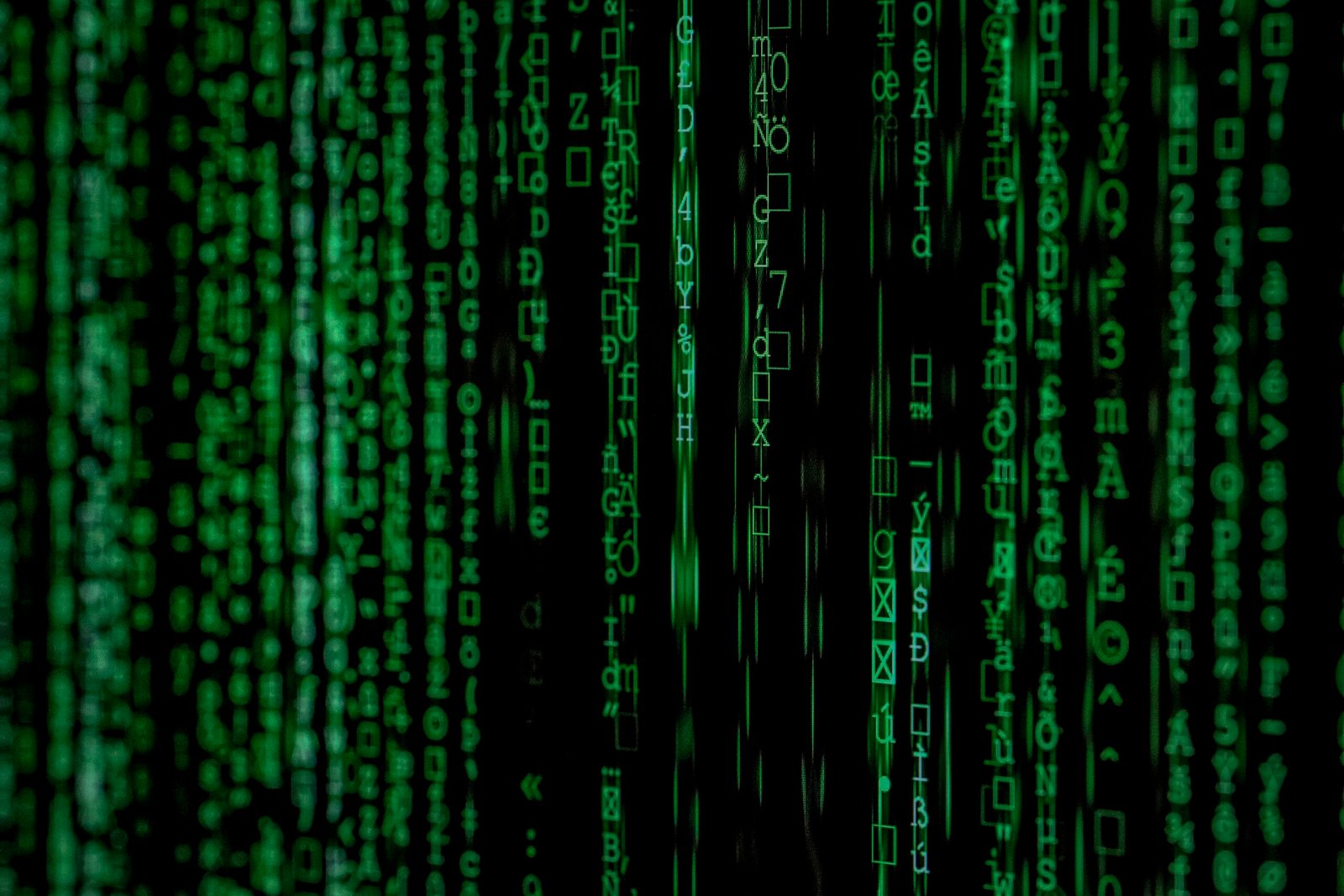Artificial Intelligence (AI) has become an integral part of our lives, from voice assistants like Siri to advanced algorithms that predict our online shopping preferences. But have you ever wondered how AI actually learns? In this article, we will explore the fascinating process behind AI’s learning abilities. From machine learning to neural networks, we will uncover the secrets of AI’s continuous improvement and adaptation, shedding light on the intricate workings of this remarkable technology. Whether you are a tech enthusiast or just curious about the inner workings of AI, join us on this journey to discover how artificial intelligence learns.

Supervised Learning
Definition
Supervised learning is a type of machine learning algorithm where the system is trained on labeled data, meaning it is provided with input data and the corresponding correct output. In this process, the algorithm learns to recognize patterns and make predictions or classifications based on the given inputs. The labeled data acts as a teacher, guiding the algorithm towards correct predictions and helping it improve its performance over time.
Process
The process of supervised learning involves several steps. First, a labeled dataset is prepared, where each data point is associated with the correct output. This dataset is then divided into a training set and a test set. The training set is used to train the algorithm by feeding it with input-output pairs. The algorithm analyzes the patterns in the data and adjusts its internal parameters to minimize errors.
Once the training is complete, the performance of the algorithm is evaluated on the test set. This step provides an indication of how well the algorithm can generalize its learning to unseen data. If the performance is satisfactory, the algorithm can be deployed to make predictions or classifications on new, unlabeled data.
Examples
Supervised learning is widely used in various applications. For example, in email spam detection, a supervised learning algorithm can be trained on a dataset of labeled emails, with “spam” or “not spam” as the outputs. The algorithm learns to differentiate between spam and legitimate emails based on the features present in the labeled data.
Another example is image recognition, where a supervised learning algorithm can be trained on a dataset of labeled images, with each image labeled with the correct object it contains. The algorithm learns to recognize objects in new, unseen images based on the patterns it discovers during the training process.
Unsupervised Learning
Definition
In contrast to supervised learning, unsupervised learning is a type of machine learning algorithm where the system is not provided with labeled data. Instead, the algorithm is given a dataset without any predefined outputs and is tasked with finding patterns or structures within the data on its own. Unsupervised learning algorithms are particularly useful in situations where the desired outputs are unknown or difficult to obtain.
Process
The process of unsupervised learning involves clustering and dimensionality reduction techniques. Clustering algorithms group similar data points together based on their characteristics or proximity. This grouping helps identify patterns or commonalities within the data. Dimensionality reduction algorithms, on the other hand, aim to reduce the number of features or variables in the dataset, making it more manageable and easier to interpret.
Unsupervised learning algorithms analyze the data without any guidance or external information, relying solely on the internal structure of the dataset to extract meaningful insights. The algorithms can discover hidden patterns, identify anomalies, or group similar data points together without the need for predefined labels.
Examples
An example of unsupervised learning is customer segmentation in marketing. By applying clustering algorithms to a dataset containing customer characteristics and behaviors, patterns and similarities within different customer groups can be identified. This information can then be used to tailor marketing strategies and target specific customer segments more effectively.
Another example is anomaly detection, where unsupervised learning algorithms can analyze data and identify unusual or anomalous behavior. This is particularly useful in fraud detection, where patterns of fraudulent activities may be unknown or constantly evolving. Unsupervised learning can help detect fraudulent transactions based on deviations from normal behavior patterns observed in the data.
Reinforcement Learning
Definition
Reinforcement learning is a type of machine learning algorithm that involves an agent learning through interaction with an environment. In reinforcement learning, the agent learns by taking actions in the environment, receiving feedback or rewards based on its actions, and adjusting its behavior to maximize the cumulative reward it receives over time. The goal of the agent is to learn an optimal policy that maximizes its long-term reward.
Process
The process of reinforcement learning involves several key components: the agent, the environment, actions, rewards, and policies. The agent takes actions in the environment, while the environment responds to those actions and provides feedback in the form of rewards or penalties. The agent’s objective is to learn the best actions to take in each state of the environment to maximize the cumulative rewards it receives.
Reinforcement learning algorithms use trial-and-error to learn the optimal policy. The agent explores different actions and observes the rewards it receives in response. Over time, it learns which actions lead to higher rewards and adjusts its behavior accordingly. Through this iterative process, the agent gradually improves its decision-making capabilities and becomes more efficient in maximizing rewards.
Examples
An example of reinforcement learning is training an autonomous robot to navigate a maze. The robot begins with limited knowledge of the maze and explores different paths while receiving rewards or penalties based on its progress. Through trial-and-error, the robot learns the optimal path to reach the goal while avoiding obstacles or dead-ends, maximizing its reward over time.
Another example is training an artificial intelligence agent to play video games. The agent interacts with the game environment, taking actions and receiving rewards or penalties based on its gameplay. Through reinforcement learning, the agent learns to make strategic decisions, such as avoiding enemies or collecting rewards, to achieve higher scores and improve its gameplay performance.
Neural Networks
Definition
Neural networks, inspired by the human brain, are a key component of many machine learning algorithms. They are computational models composed of interconnected nodes or “neurons” that can learn and make complex predictions by adjusting the strength of their connections. Neural networks are capable of learning from large amounts of data and are particularly effective in tasks such as image and speech recognition.
Components
Neural networks consist of several layers of interconnected neurons. The input layer receives the input data, which is then processed through hidden layers. The hidden layers perform computations by applying weights to the input data and passing it through activation functions. The output layer provides the final predictions or classifications based on the computations performed in the hidden layers.
Training
Neural networks are trained through a process called backpropagation. Backpropagation involves feeding the network with labeled data, comparing the predicted outputs with the correct outputs, and adjusting the weights and biases of the neurons to minimize the prediction errors. This iterative process continues until the network achieves a satisfactory level of accuracy.
Applications
Neural networks have numerous applications, including computer vision, natural language processing, and speech recognition. In computer vision, neural networks can learn to recognize and classify objects in images or videos, enabling applications such as autonomous driving or facial recognition. In natural language processing, neural networks can analyze and understand human language, enabling tasks like sentiment analysis or language translation. In speech recognition, neural networks can convert spoken words into written text, enabling applications like voice assistants or transcription services.

Machine Learning Algorithms
Decision Trees
Random Forests
Naive Bayes
Support Vector Machines
k-Nearest Neighbors
Deep Learning
Definition
Architecture
Training
Applications





